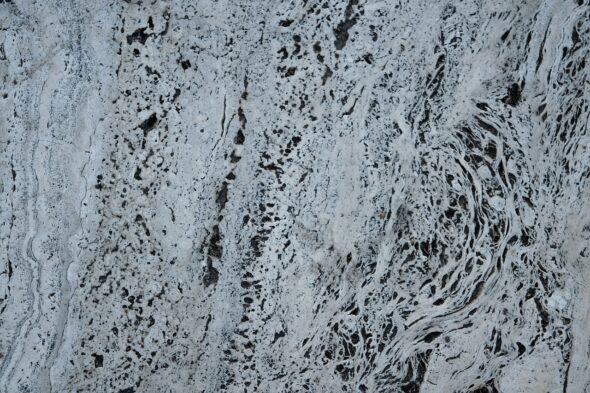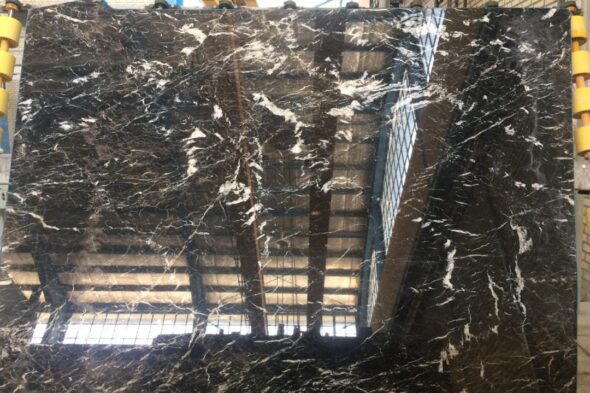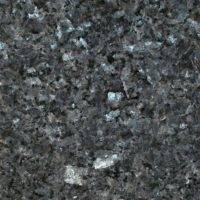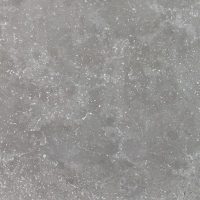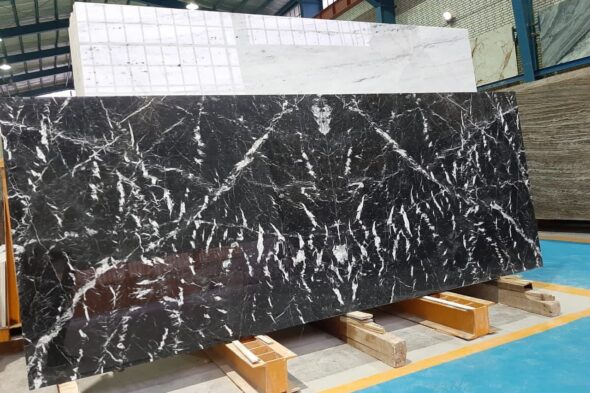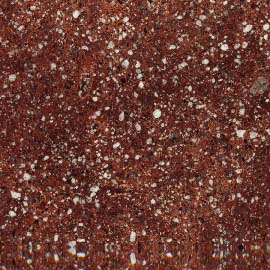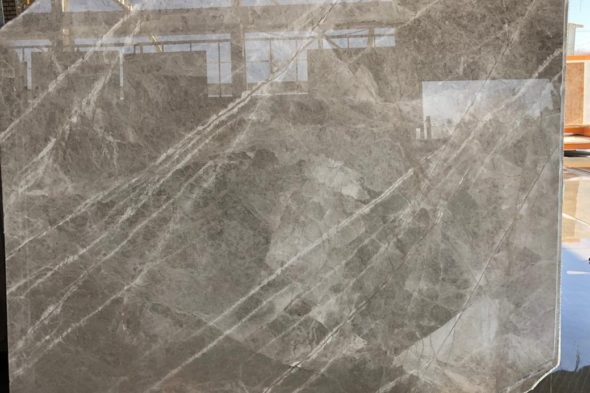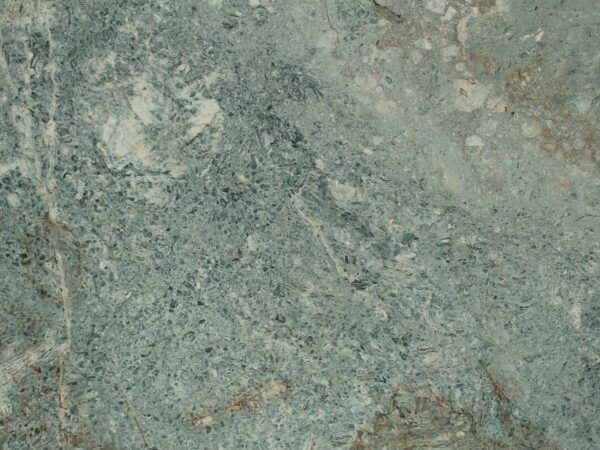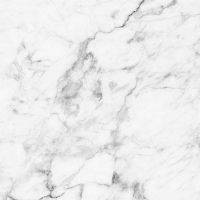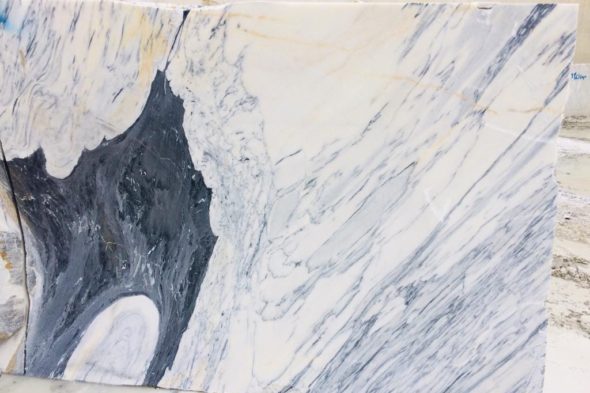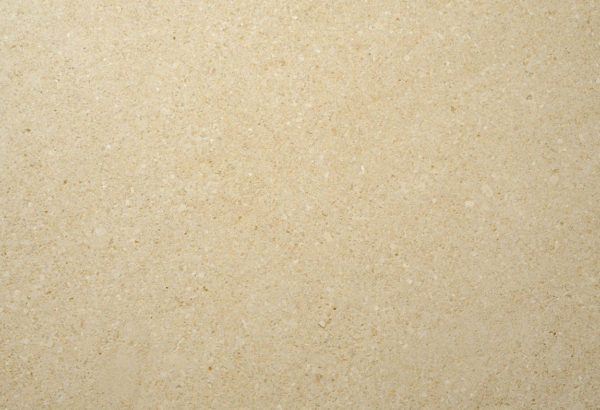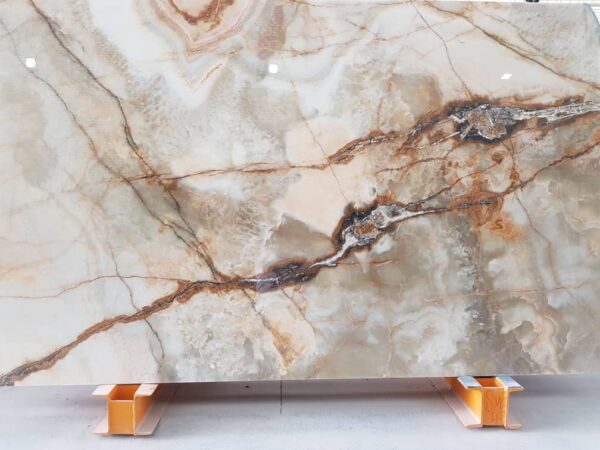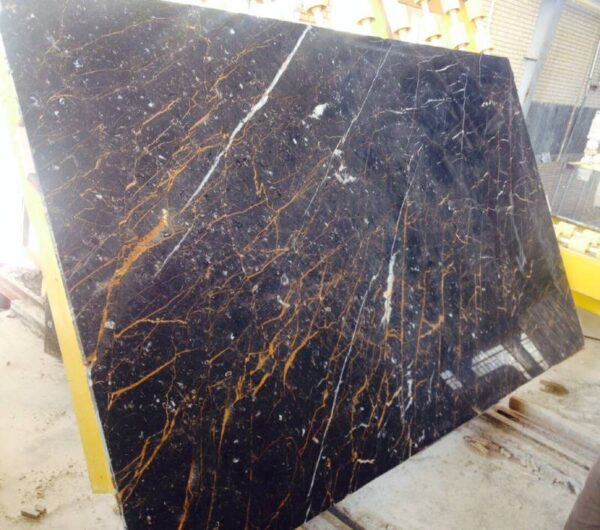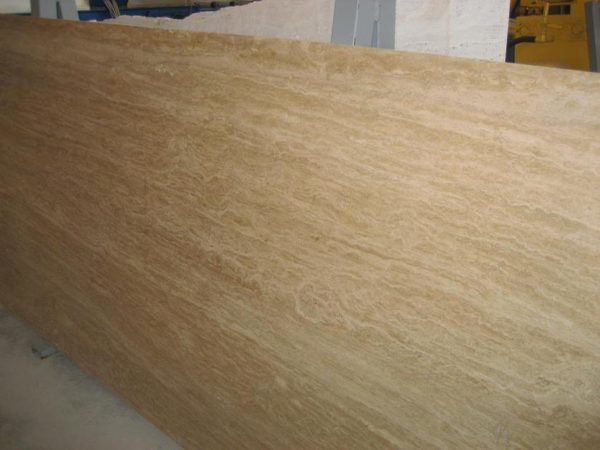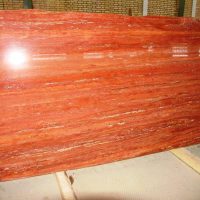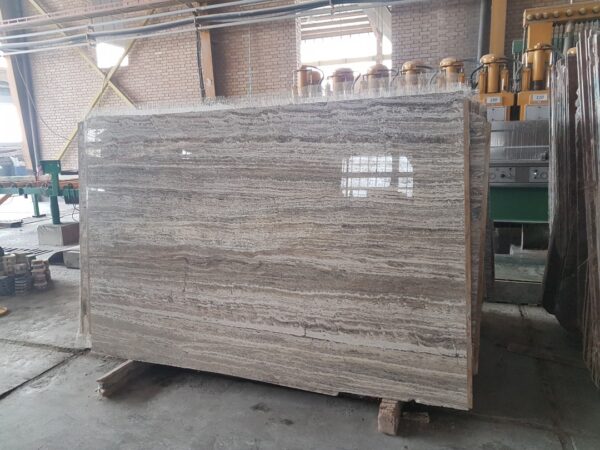Top Choices for Builders and Designers
The demand for high-quality construction materials is increasing in Saudi Arabia due to the country’s rapid urbanization and growing real estate sector. Among these materials, natural stones such as marble, granite, limestone, and travertine have become essential in construction projects. These stones offer durability, elegance, and versatility, making them popular choices for residential, commercial, and outdoor spaces. In this guide, we will explore the most demanded stones in Saudi Arabia and the reasons behind their growing popularity.
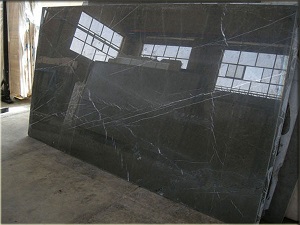

Top Stones in Demand in Saudi Arabia
Several types of natural stones are in high demand in Saudi Arabia. Each of these stones has unique properties that make them ideal for different construction needs. Let’s look at the most popular stones:
Marble
Marble is a timeless and luxurious stone that remains in high demand in Saudi Arabia. Its classic appeal and range of colors and patterns make it the top choice for high-end projects, including residential homes, luxury hotels, and commercial buildings. Marble is commonly used for flooring, countertops, and wall cladding due to its sophisticated look and reflective surface, which brightens interiors. Builders and designers choose marble to create elegant, modern, and welcoming environments.
Granite
Granite is known for its strength and durability, making it one of the most popular stones in Saudi Arabia. This stone is resistant to heat, scratches, and stains, which makes it perfect for high-traffic areas such as kitchens, bathrooms, and commercial spaces. The availability of granite in a wide variety of colors and patterns allows designers to achieve both traditional and contemporary looks. Granite is also highly versatile and is used for countertops, flooring, and facades.
Limestone
Limestone is widely used in Saudi Arabia for its versatility and cost-effectiveness. It is especially popular for outdoor projects such as paving, walkways, and landscaping. Its natural, earthy appearance complements various design styles, from traditional to contemporary. Additionally, limestone is easy to shape and cut, making it ideal for custom architectural features. Builders appreciate limestone for its ability to withstand the harsh desert climate, making it a durable and low-maintenance option for exterior applications.
Travertine
Travertine is gaining popularity in Saudi Arabia, particularly for outdoor applications like patios, gardens, and walkways. Known for its warm, earthy tones and distinctive texture, travertine is perfect for creating inviting and natural-looking outdoor spaces. It is highly durable and resistant to extreme temperatures, which makes it suitable for the hot climate of Saudi Arabia. Travertine is commonly used for flooring, wall cladding, and decorative accents, providing timeless elegance to both interior and exterior designs.
Why These Stones Are in High Demand in Saudi Arabia
Several factors contribute to the high demand for marble, granite, limestone, and travertine in Saudi Arabia’s construction industry.
Durability and Weather Resistance
The extreme heat and dust in Saudi Arabia require materials that can withstand harsh weather conditions. Granite and marble are highly durable, and resistant to heat, scratches, and stains, making them ideal for both interior and exterior use. Limestone and travertine are also resilient and can endure the extreme desert climate, providing lasting performance and minimal maintenance.
Aesthetic Appeal
Each of these stones brings a unique aesthetic to a project. Marble and granite offer a luxurious, polished look that adds sophistication to any space. On the other hand, limestone and travertine have a natural, rustic charm that is ideal for outdoor and landscape applications. The wide variety of textures, colors, and patterns available allows designers to create bespoke spaces tailored to their client’s needs.
Versatility in Design
Marble, granite, limestone, and travertine are incredibly versatile and can be used in various applications, from flooring to countertops, facades, and landscaping. The flexibility of these stones makes them suitable for both residential and commercial projects. Whether you’re designing a modern skyscraper, a traditional home, or an outdoor garden, these stones provide the perfect foundation for any style.

